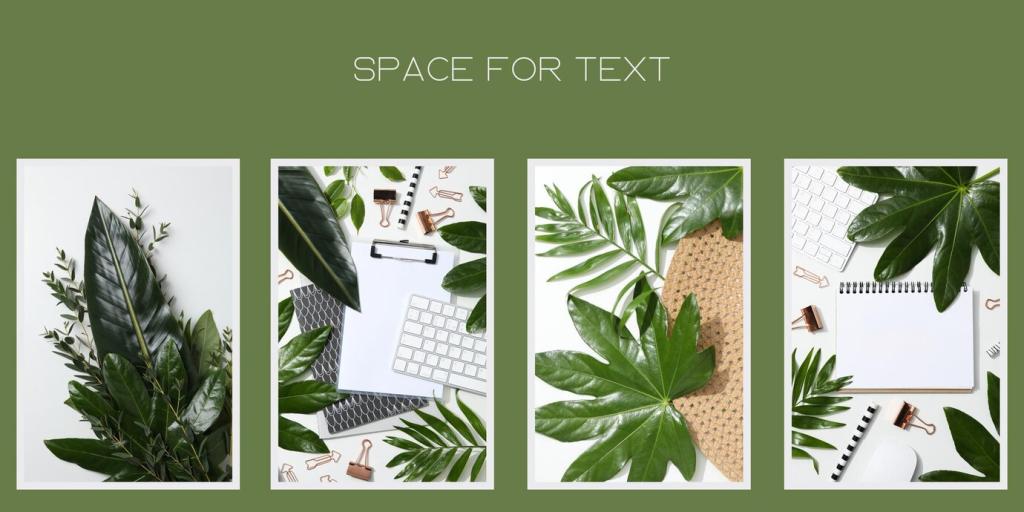
Sustainable Materials for Eco-Home Furniture: Design That Respects the Planet
Today’s chosen theme: Sustainable Materials for Eco-Home Furniture. Explore smart choices—bamboo, reclaimed wood, cork, recycled metals, hemp, and mycelium—that blend beauty, durability, and ethics. Join the conversation and subscribe for weekly eco-design inspiration.
Why Materials Matter in Eco-Home Furniture
Embodied energy tells the hidden story of a chair’s climate impact. Bamboo’s fast growth, reclaimed wood’s avoided logging, and recycled aluminum’s 95 percent energy savings dramatically lower furniture footprints without sacrificing performance or elegance.
Bamboo, Cork, and Other Rapidly Renewable Heroes
Strand-woven bamboo rivals hardwoods for hardness while maturing in three to five years. Laminated bamboo panels make sleek tables and benches, marrying clean lines with resource efficiency. Share your favorite bamboo pieces or concerns.
Harvested from bark without felling trees, cork cushions seating, dampens sound, and resists moisture. Its subtle texture brings calm to reading nooks and nurseries. Tell us where cork could soften your home’s busiest corners.
Hemp textiles, ropes, and bio-resins create breathable upholstery and light, tough shells for stools or chair backs. When dyed with plant pigments, they embody earthy elegance. Would you try hemp fabric slipcovers in your living room?
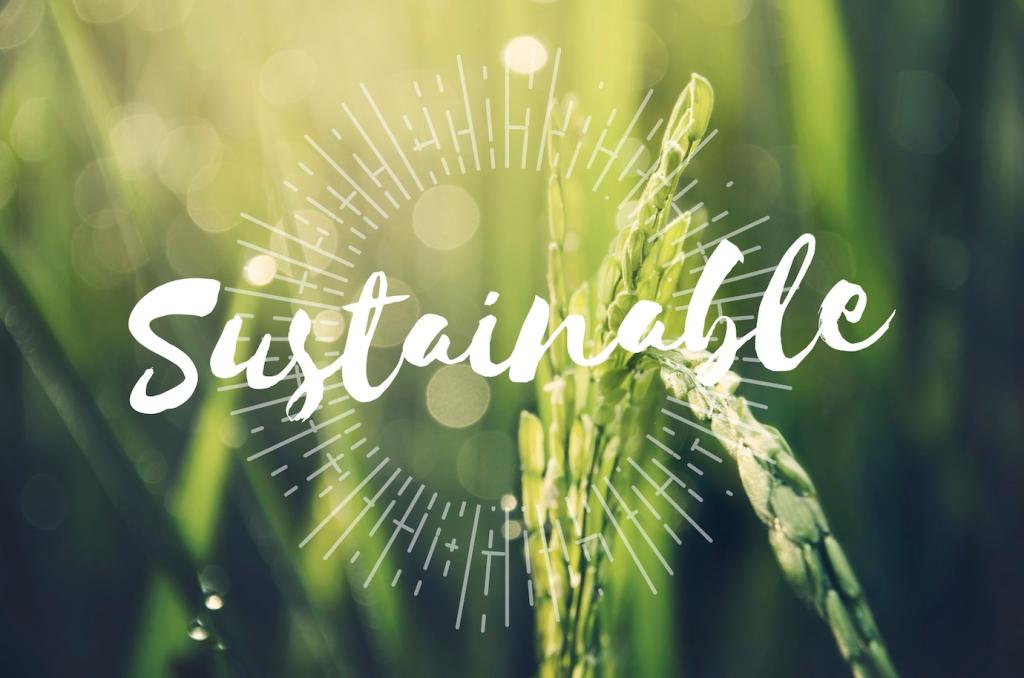
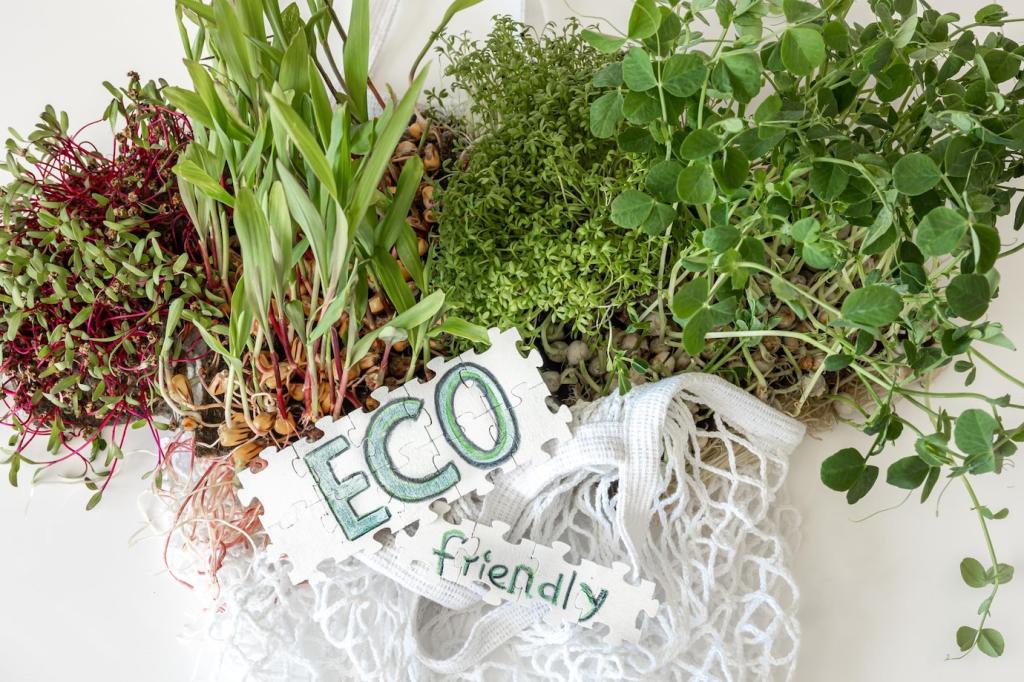
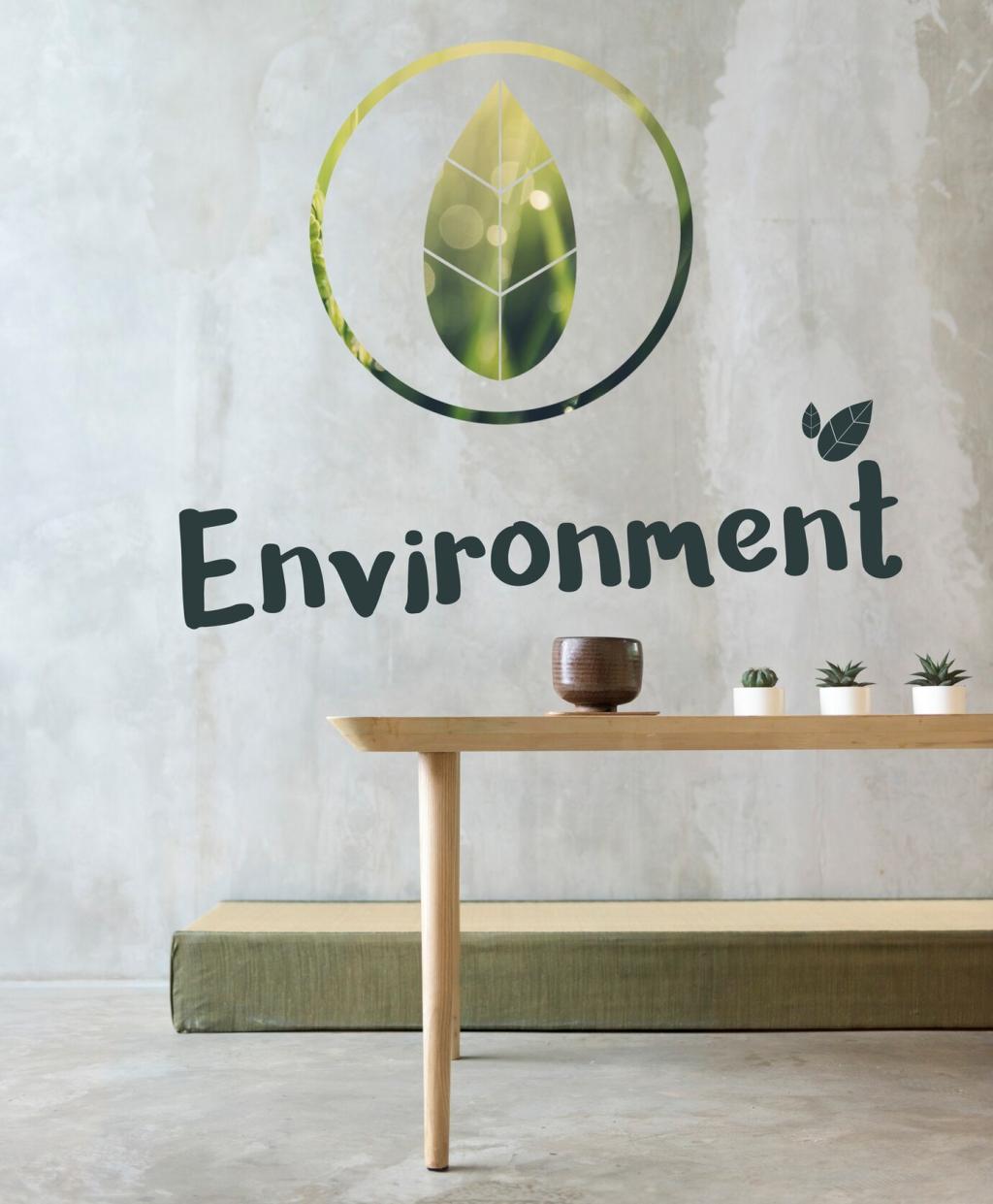
Reclaimed and Recycled: Beauty with a Past
A coffee table hewn from century-old joists carries nail scars like freckles, reminding us waste can be wonder. Stabilized with butterfly keys, it resists warping and reduces demand for fresh logging without losing soul.
Reclaimed and Recycled: Beauty with a Past
High-density recycled plastics can form durable drawer boxes or colorful chair shells. When made from ocean-bound streams and labeled clearly, they encourage circularity and future recycling. Share any brands turning trash into timeless designs.
Next-Gen Bio-Materials Changing Furniture
Grown from mushroom roots around agricultural waste, mycelium forms lightweight, compostable padding and panels. Its earthy hue pairs beautifully with untreated wood. Would you trust a mycelium ottoman in your reading corner? Tell us why.
Next-Gen Bio-Materials Changing Furniture
Wheat-straw and bagasse panels bonded with formaldehyde-free resins create stable substrates for cabinets and side tables. They valorize farm byproducts and shrink landfill loads. Comment if you have sourced these boards locally or want supplier lists.
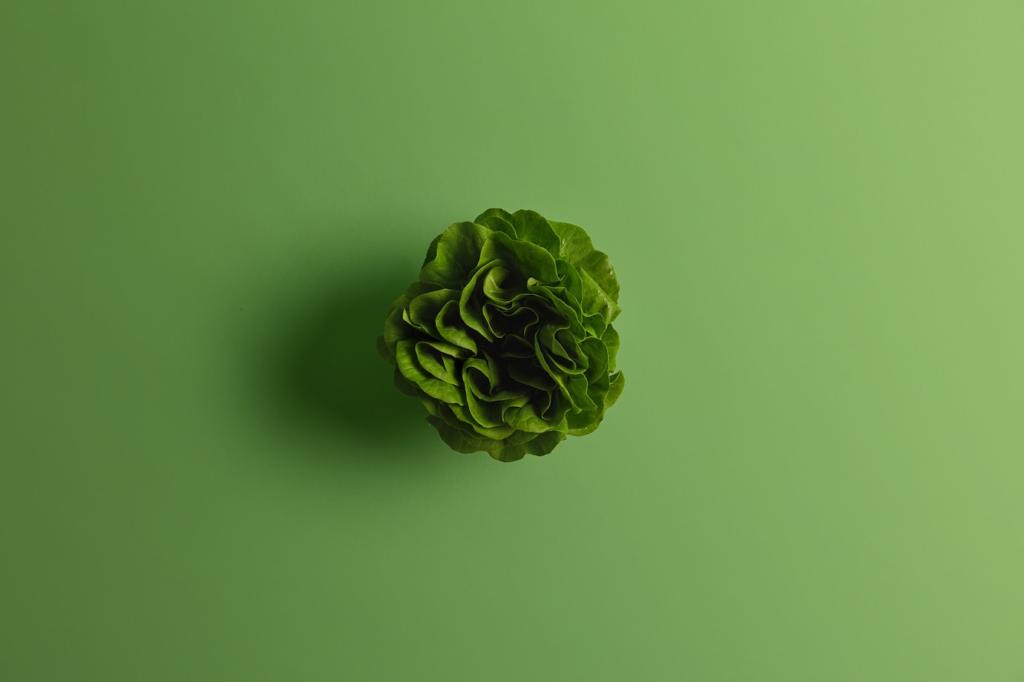
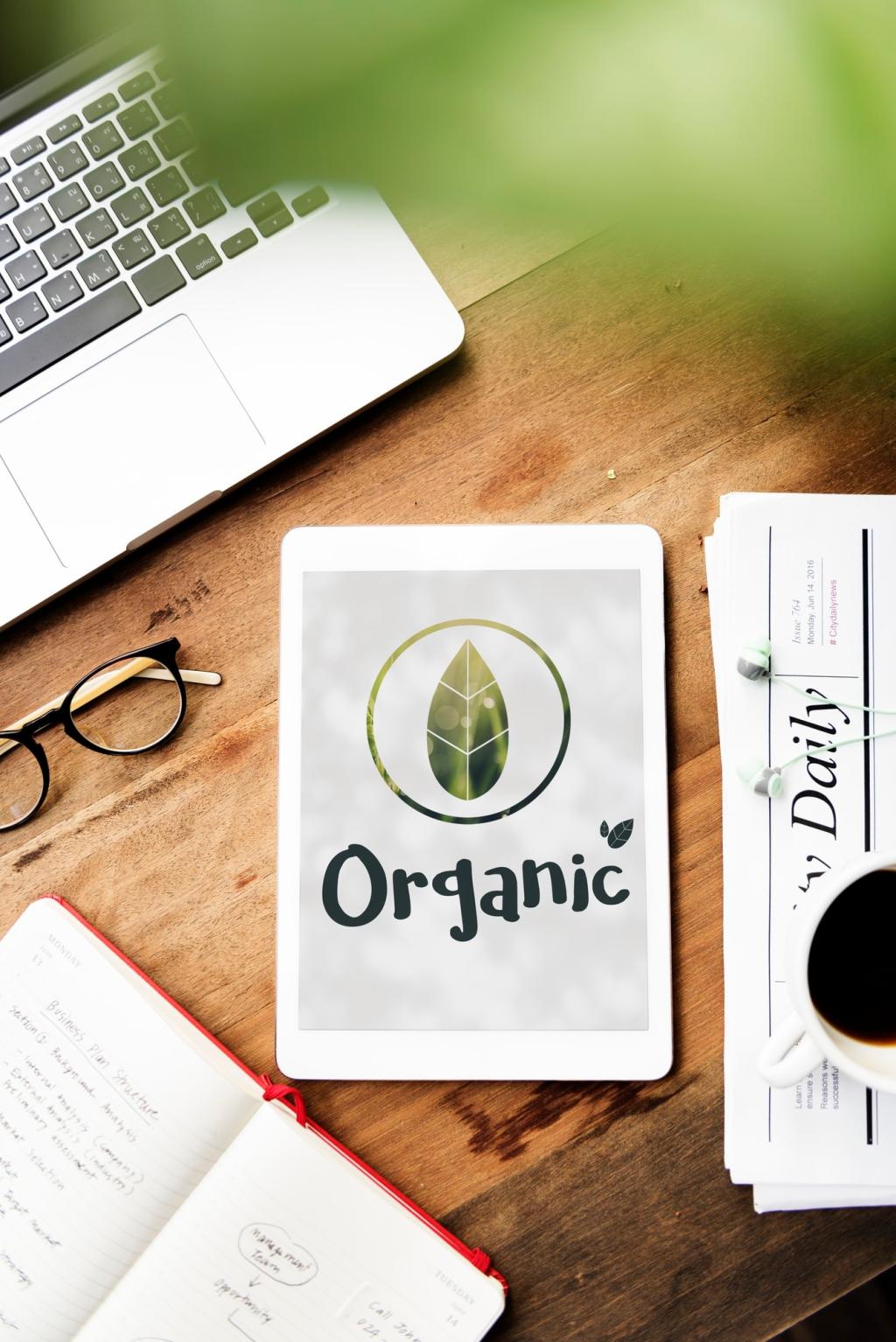


Designing for Longevity, Repair, and Joy
Bolted frames, replaceable slats, and standardized fasteners make bamboo or reclaimed wood pieces easy to repair. Transparency beats glue-heavy shortcuts. Which joints have served you best—wedged tenons, knock-down fittings, or hidden metal brackets?
Designing for Longevity, Repair, and Joy
Removable hemp or organic cotton slipcovers extend sofa life, minimizing waste. Choose undyed or solution-dyed fabrics for colorfastness and fewer chemicals. Tell us your laundering rituals that keep natural textiles cozy yet resilient.
Care, Certification, and End-of-Life Pathways
Low-tox care rituals
Use plant-based soaps, beeswax or linseed oil, and microfiber dusting to preserve finishes without harsh fumes. Gentle care extends life for bamboo, cork, and reclaimed woods while safeguarding indoor air for kids and pets.
Resale, repair cafés, and take-back
Before discarding, try community repair cafés, parts swaps, or brand take-back programs for recycled metal frames and plastic shells. Together, we can keep materials cycling longer. Share your city’s best circular initiatives.
Design for disassembly
Choosing screws over permanent adhesives allows clean separation of wood, metals, and textiles. Clear material labels aid recycling. Would you support a standardized tag listing species, finish, and foam type on every new piece?
